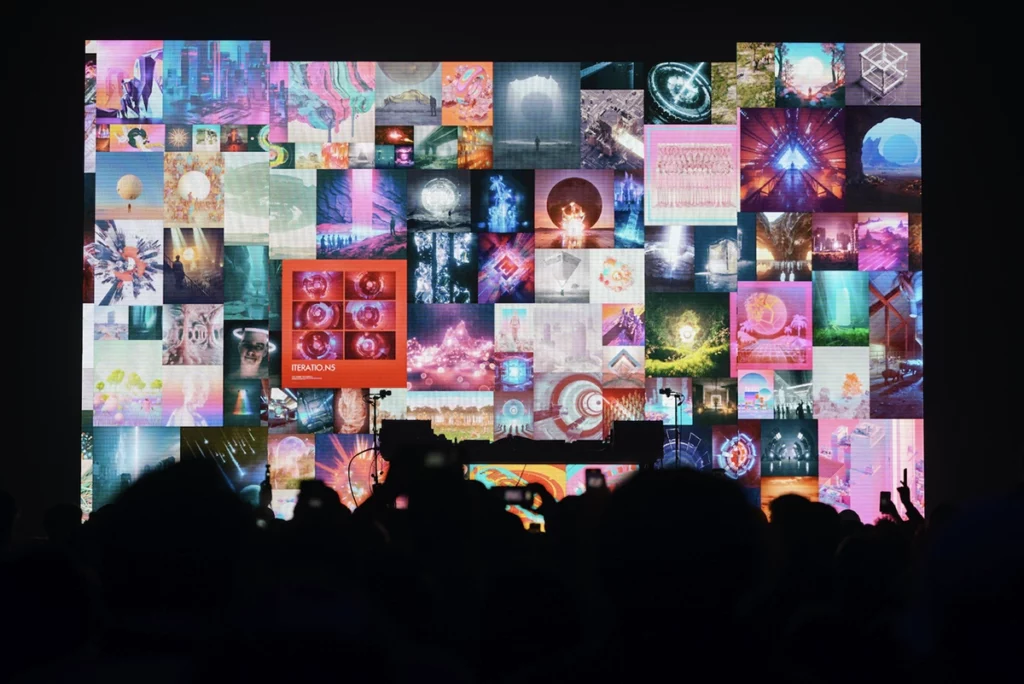Revolutionizing Engagement Via the Seamless Integration of Virtual Experiences and Face-to-Face Engagements in Hybrid Occasions
Revolutionizing Engagement Via the Seamless Integration of Virtual Experiences and Face-to-Face Engagements in Hybrid Occasions
Blog Article
Blended events are becoming more popular as they combine the finest aspects of both in-person and virtual encounters. This creative approach allows attendees to interact with content and one another in ways that were not possible before. By incorporating VR technology into these events, planners can create immersive encounters that boost engagement and interaction. This seamless blend of digital and physical components can lead to more significant relationships among attendees, whether they are there in reality or participating virtually.
One of the primary benefits of using VR reality in blended events is the capability to create a shared space for all participants. In a conventional setting, physical attendees might have entry to certain events or experiences that virtual participants cannot enjoy. However, with virtual reality, everyone can explore the same digital space, regardless of their position. This technology allows for engaging presentations, online networking chances, and even gamified encounters that can captivate audiences. As a consequence, attendees feel more included and connected, leading to a richer overall encounter.
Moreover, VR reality can help overcome barriers that often exist in blended events. For example, virtual participants may feel disconnected or removed from the main gathering. By incorporating VR, planners can create a sense of involvement that makes virtual attendees feel as if they are part of the event. This can be realized through features like virtual representations, which allow participants to interact with one another in live. Such connections can encourage cooperation and networking, making it simpler for people to connect and share thoughts, regardless of their physical position.
In addition to browse around this website enhancing involvement, the use of VR technology in blended gatherings can also provide important data and insights for planners. By monitoring attendee engagements and actions within the digital space, gathering organizers can collect data on what elements of the gathering were most engaging. This data can be used to improve upcoming gatherings, ensuring that they satisfy the requirements and wants of attendees. Understanding how participants interact with both the digital and in-person components can lead to more effective event strategies and better overall experiences.
Finally, the combination of virtual reality and in-person engagements in blended gatherings represents a major change in how we conduct meetings and conventions. As innovation continues to evolve, the capability for creating immersive and dynamic encounters will only increase. By adopting this innovative framework, gathering planners can revolutionize the way people engage, learn, and collaborate. The future of blended gatherings is promising, and the smooth combination of VR reality will play a key part in shaping that future.